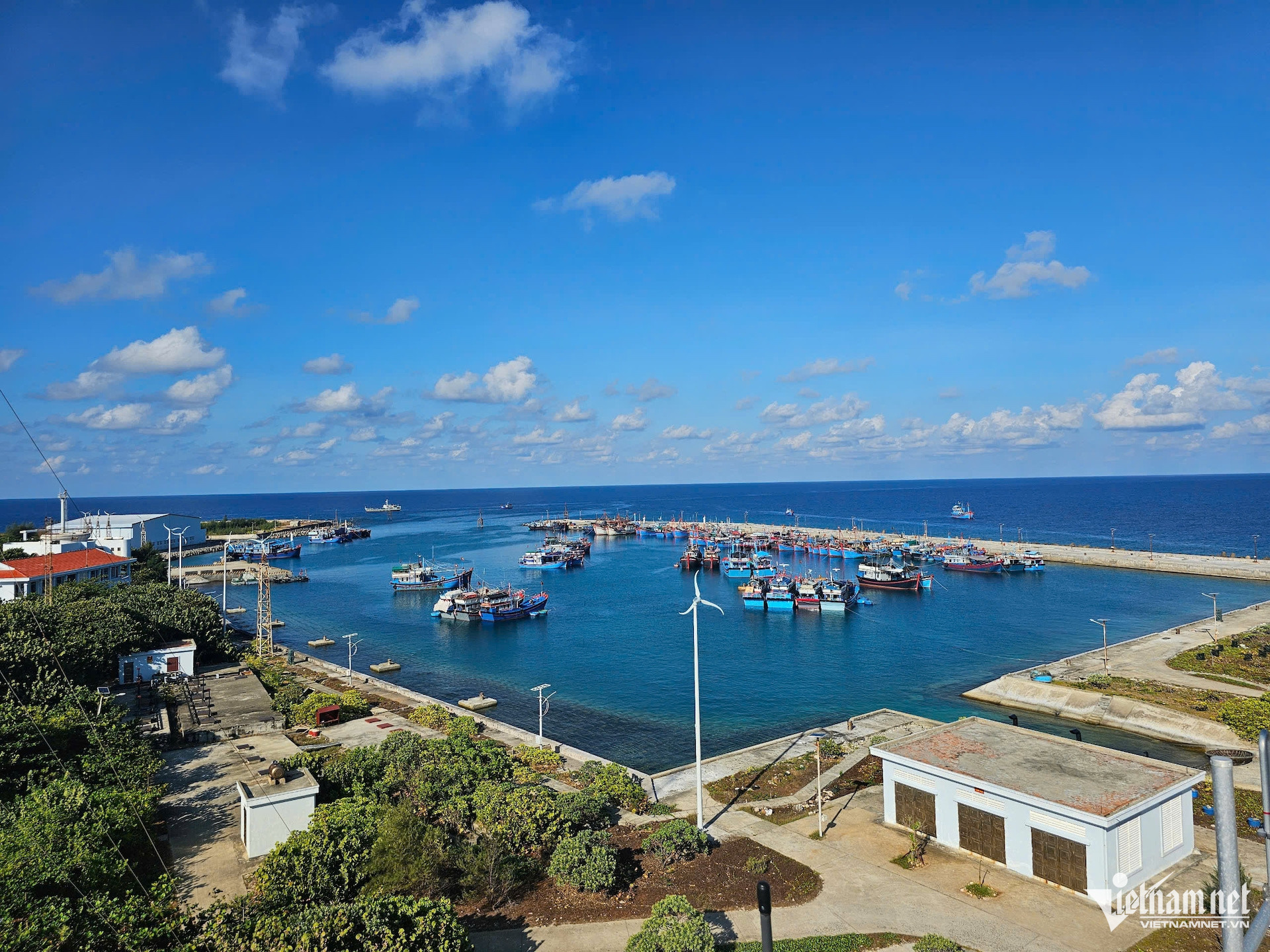

The lightning attack in the middle of the ocean to liberate Truong Sa in 1975
At the end of April 1975, when the Ho Chi Minh campaign was reaching its climax, another front was quietly taking place in the middle of the ocean. The lightning-fast attack to liberate the Truong Sa archipelago was, as General Vo Nguyen Giap said, “a special event outside the strategic plan.”
Editor’s note: 50 years after the historic victory, the country has entered a new era – building a glorious, bright future for the nation. On this special anniversary, VietNamNet introduces a series of articles with the theme “April 30th – a new era”. Experts, military men, and historical witnesses share memories, lessons, and experiences from the victory of the resistance war against America to save the country. VietNamNet invites readers to "visit" political bases in the heart of the enemy: Cu Chi tunnels, Rung Sac war zone, Vuon Thom base, Ban Co labor area, commando bunkers in Saigon's inner city...; to "witness" the glorious moments that have gone down in history... |
Truong Sa - a large archipelago with more than 100 islands and reefs located in a special strategic position.
At the end of the resistance war against the US to save the country, only 11 islands in the Truong Sa archipelago were inhabited. The army of Taiwan (China) occupied Ba Binh; the Philippines occupied Thi Tu, Vinh Vien, Ben Lac, Nam Con, and Song Tu Dong.
The Republic of Vietnam government occupied five islands: Nam Yet, Truong Sa, Son Ca, Sinh Ton and Song Tu Tay. Nam Yet Island was the location of the Central Command Headquarters.
General Vo Nguyen Giap had early assessed: “Because the Truong Sa archipelago belongs to Vietnam’s sovereignty and has a strategic location, it is necessary to organize the timely liberation of this land. If we delay, allowing other countries’ armies to invade, the situation will be very complicated... According to surveys, there are prospects for large oil reserves here. It can be seen that the sea and ocean will be the main resource of mankind from the 21st century.”
General Vo Nguyen Giap also called this "a special event that took place outside the original strategic plan."
Under the direction of the Central Military Commission, the 5th Military Region Command and the Navy began to urgently plan.
On April 4, 1975, General Vo Nguyen Giap's secret telegram number 990B was sent, requesting "secrecy, speed, boldness, and sure victory" .
Military transport ships 673, 674, 675 disguised as foreign fishing boats quietly left Da Nang port. On board, nearly 300 officers and soldiers from special forces, infantry, and artillery units were grouped into Group C75, commanded by Lieutenant Colonel Mai Nang.
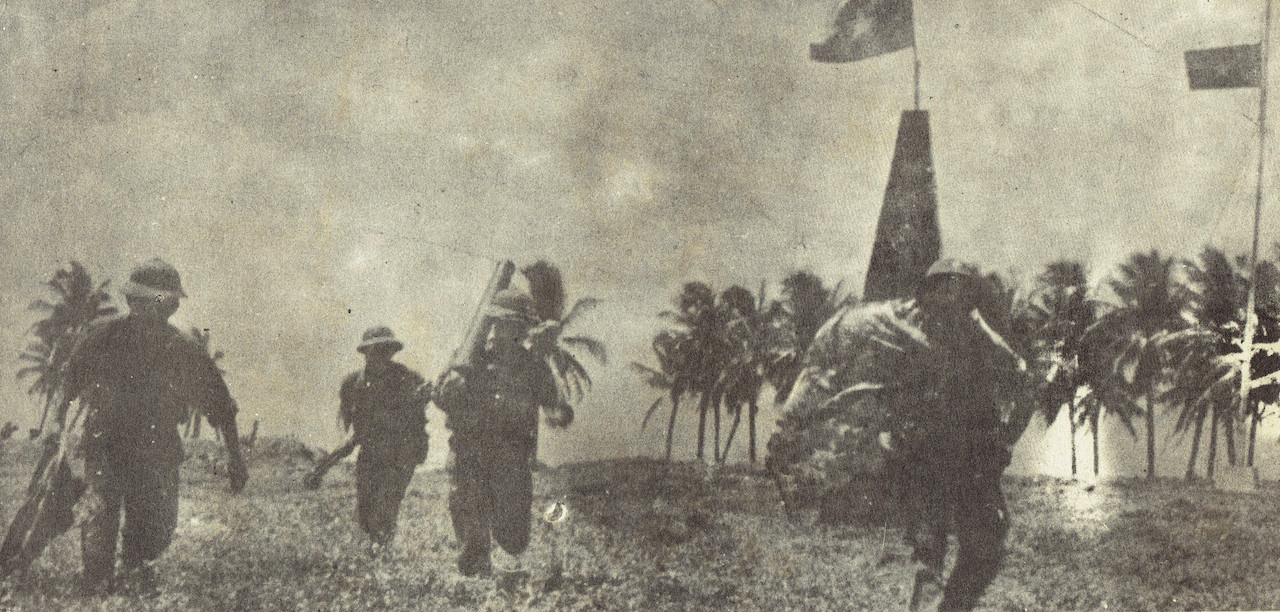
Precious documents recording images of soldiers liberating Song Tu Tay island. Documentary photo
During the move, our ships encountered enemy reconnaissance aircraft. However, because all three ships 673, 674, and 675 were disguised as foreign fishing boats, they were not detected.
Lieutenant Colonel Dao Manh Hong - then Squad Leader of Squad 1, Team 1, Regiment 126 - recalled: "We were the main spearhead in the opening battle to liberate Truong Sa. Capturing Song Tu Tay was opening the strategic door to advance deep into the archipelago."
Squad 1 was equipped with two more DKZ 75 guns and 82 mortars, because the officers and soldiers would have to be ready to defend the island in all situations.
At 1:00 a.m. on April 14, 1975, soldiers on three rubber boats cut through the waves towards Song Tu Tay Island. When they were 5km from the island, to avoid being detected, all soldiers got into the water, swam to the island, towing the deflated boats and their weapons.


The sea water was cold and the waves were fierce, the soldiers swam patiently in the dark. They calculated the exact time of the high tide, because if they were off by just a few hours, the strong receding tide would create a whirlpool that would pull them back away from the island. After nearly 3 hours of struggling with the wind and waves, the squad's attack points successfully approached the target.
At exactly 4:30, on the misty sea, 2 B41 rockets tore through the silence, opening the first attack on Song Tu Tay Island. Within 30 minutes, we completely controlled the island, collected weapons, and captured all enemy soldiers.
The flag of the National Liberation Front of South Vietnam was raised and fluttered in front of the sovereignty stele.
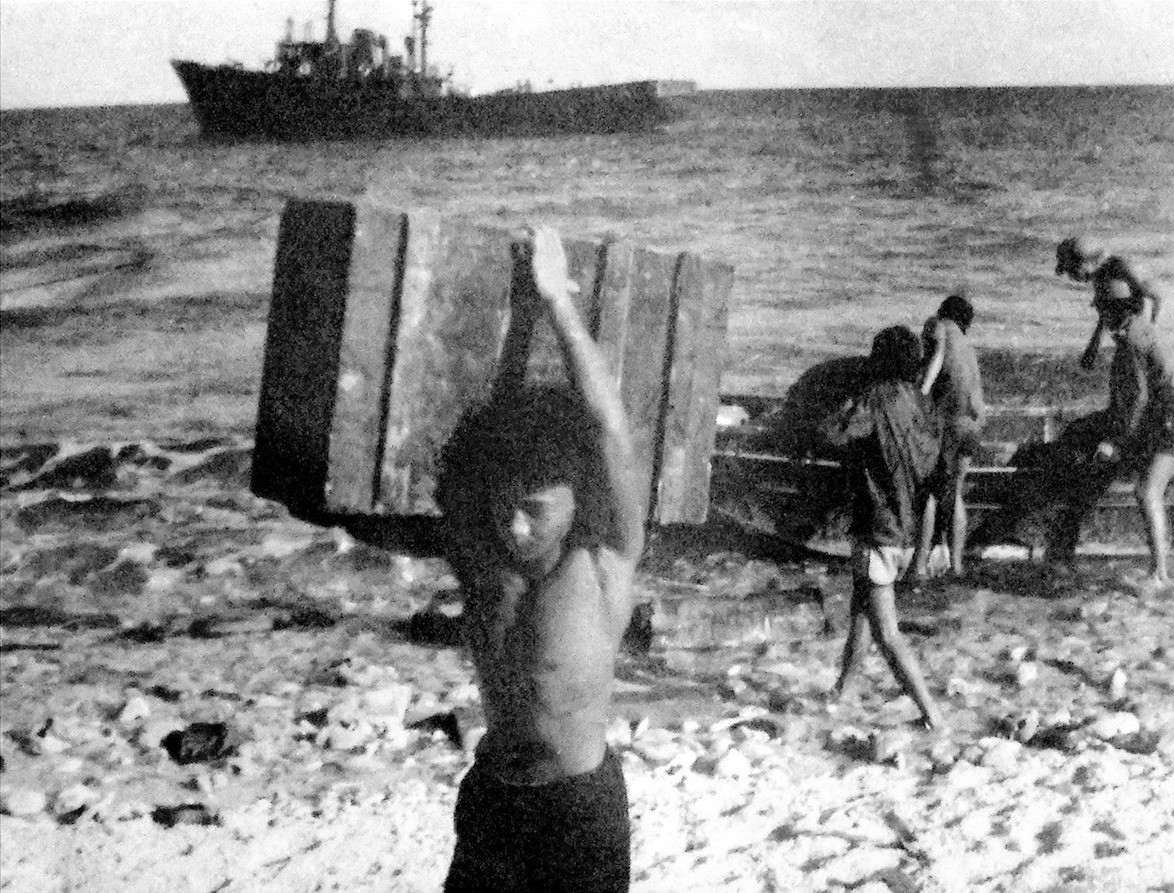
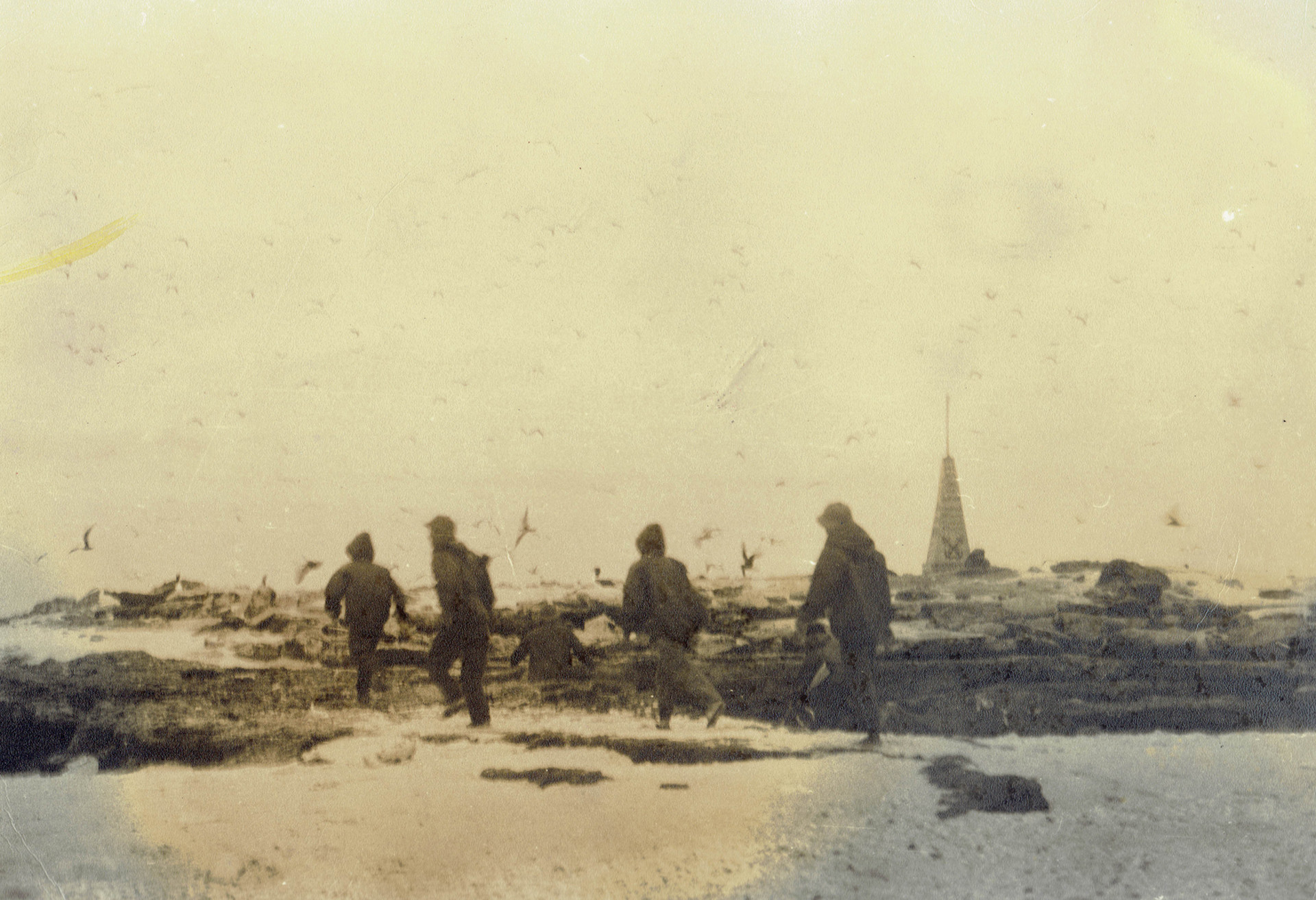
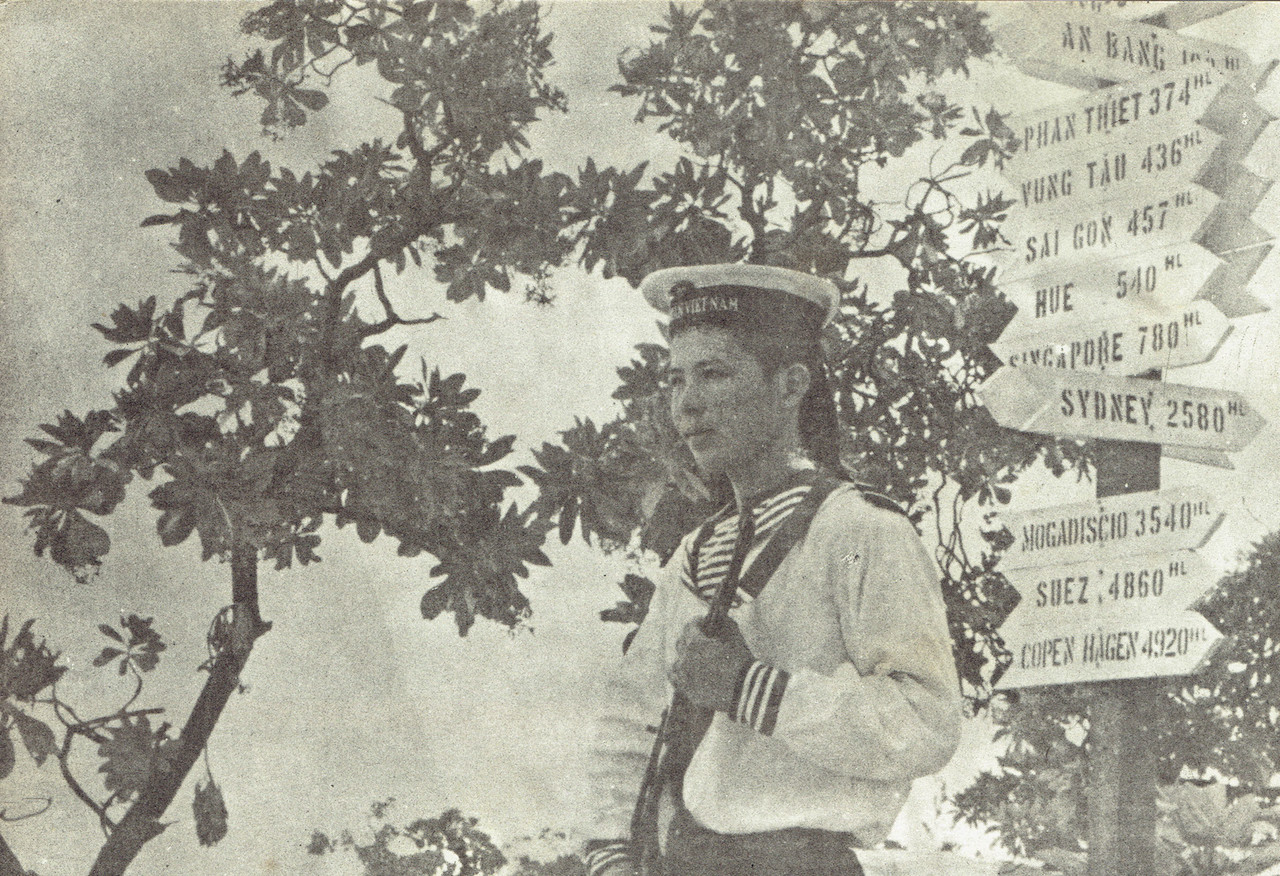
“One hour late and the island is lost”
Having lost Song Tu Tay Island, the Army of the Republic of Vietnam sent two ships, HQ16 and HQ 402, from Vung Tau to counterattack and retake the island. However, at that time, on the mainland, the Phan Rang defense line was broken, so the rescue force was extremely confused and wavering. They did not dare to attack but returned to strengthen the defense of Nam Yet Island.
After liberating Song Tu Tay Island, the Forward Command in Da Nang ordered tight security, heightened vigilance, combat readiness, and deployed forces to stay and protect the island.
After Song Tu Tay, there were successive landings to capture the islands: Son Ca, Nam Yet, Sinh Ton, Truong Sa... All took place in less than 15 days.
General Vo Nguyen Giap once privately told Mr. Chu Huy Man - Commander of Military Region 5 - in an urgent telegram on April 13: "If foreigners occupy first, then fight back."
A short statement that contains strategic determination to protect sovereignty.

Ceremony of establishing the People's Committee of Truong Sa district. Photo: Document
On April 29, 1975, as General Vo Nguyen Giap had predicted, a number of foreign ships approached the islands to explore. But when they saw the flag of the National Liberation Front of South Vietnam flying over the islands, these ships retreated.
Exactly one day after the islands in the Truong Sa archipelago were liberated, at 11:30 a.m. on April 30, 1975, the historic Ho Chi Minh Campaign won. The country was reunited.
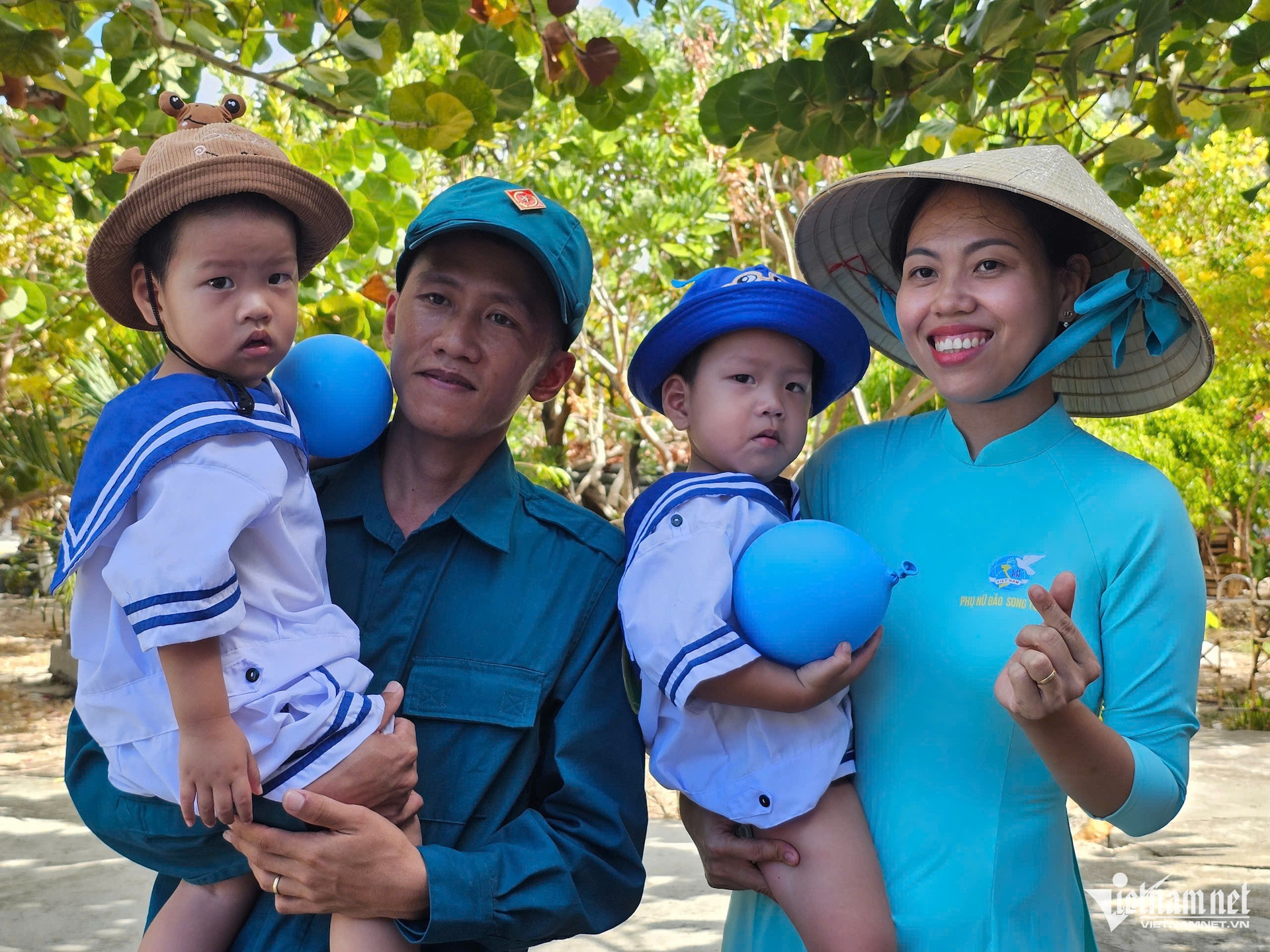
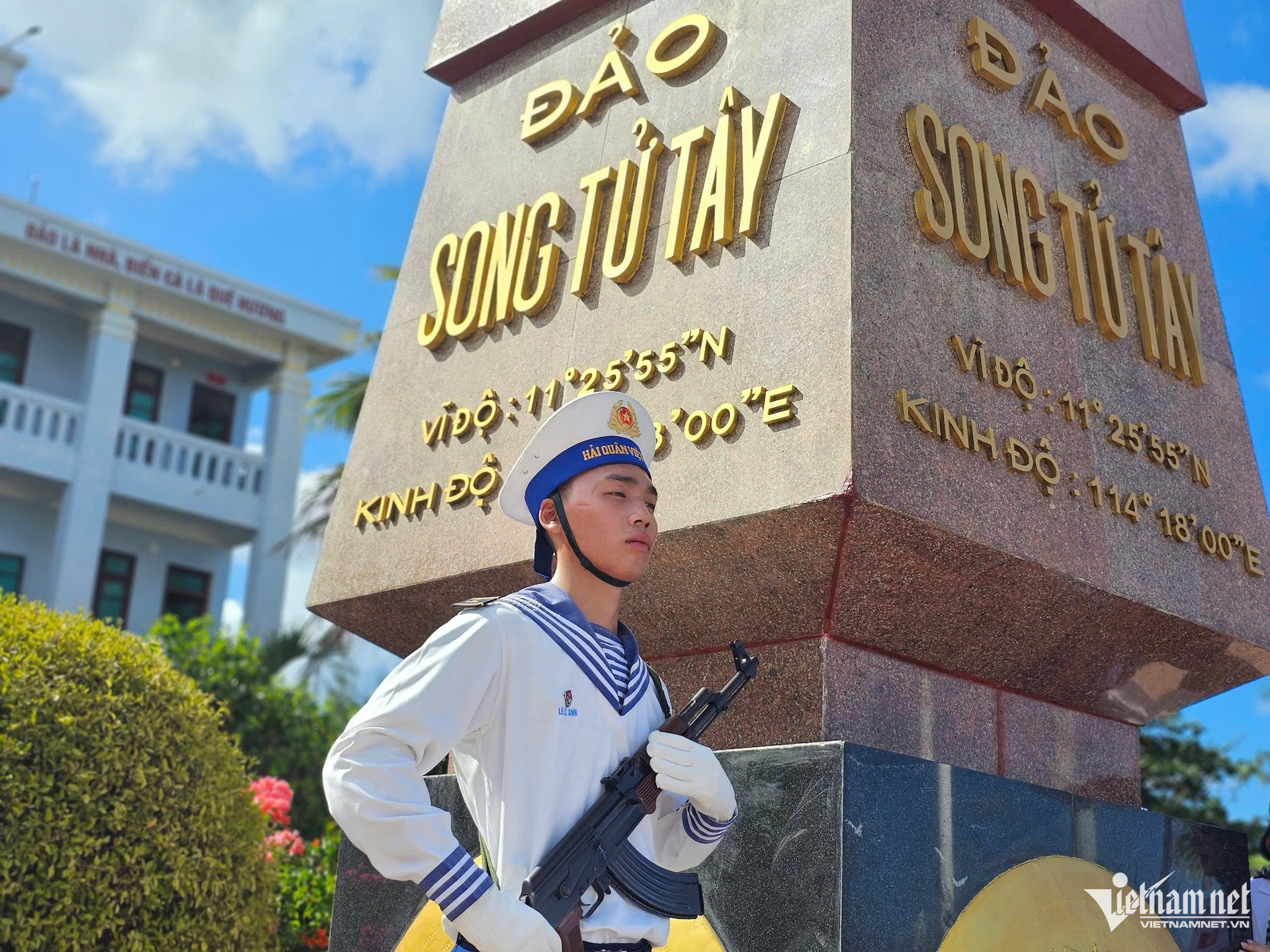
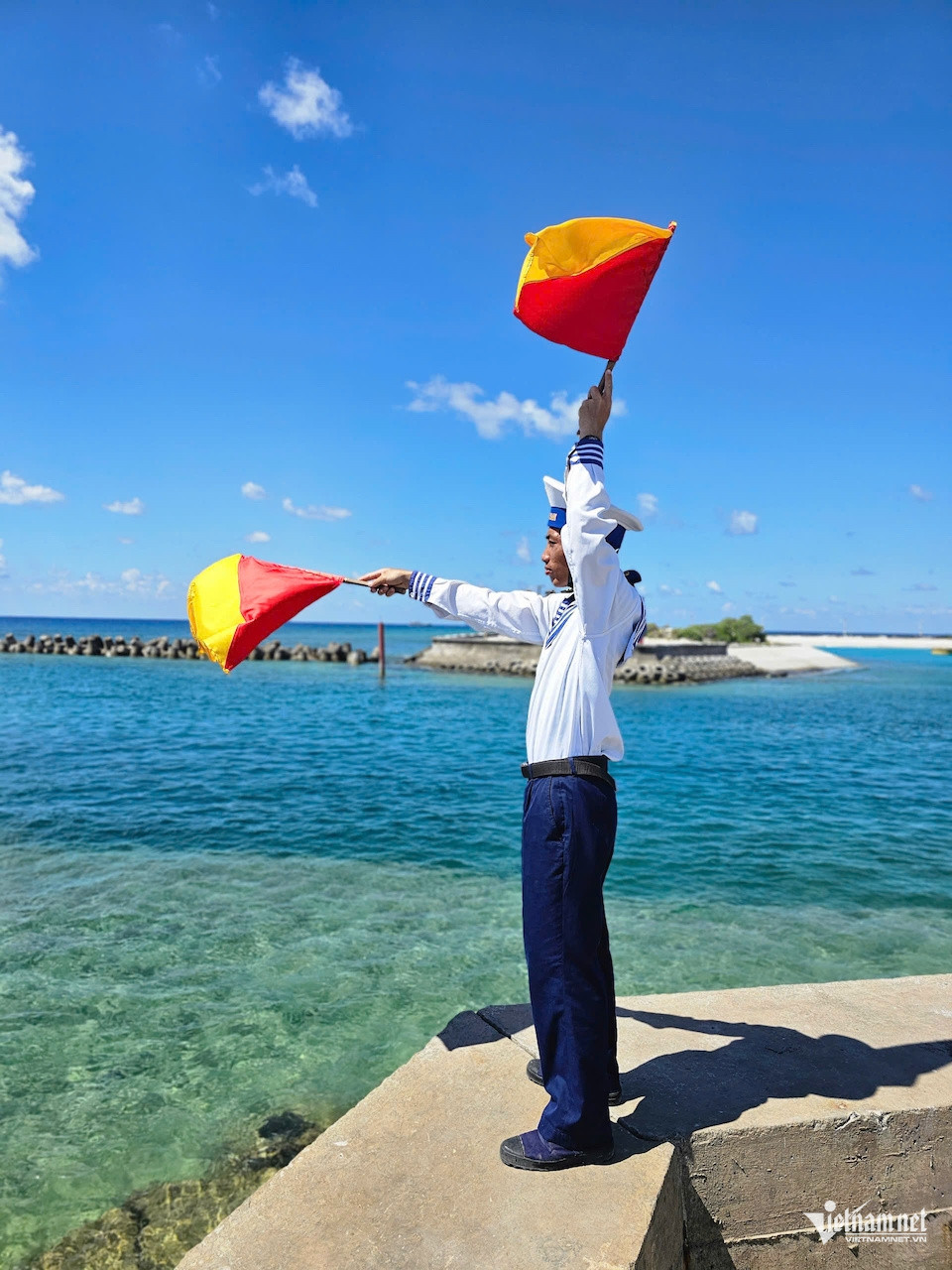
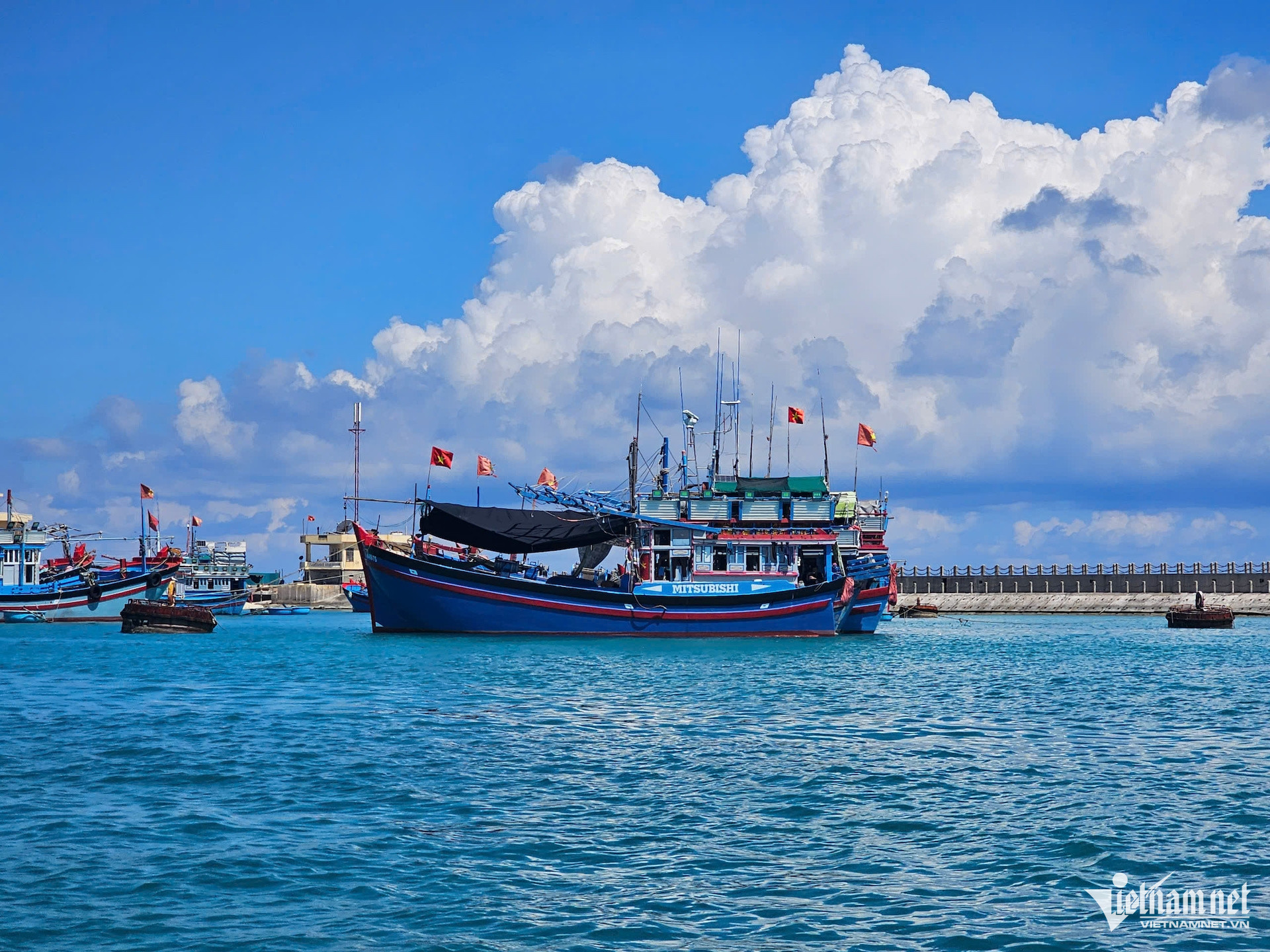
Major General, Hero of the People's Armed Forces, former Commander of the Special Forces Mai Nang - who directly commanded the forces that captured the islands in the Truong Sa archipelago in 1975 - said: "If we had arrived a few days late, or even just a few hours late, when the Saigon army had lost its fighting spirit and was exhausted from receiving news of defeat on the mainland, then foreign countries could have taken advantage of this opportunity to capture the islands in the Truong Sa archipelago. At that historic moment, the genius mind of General Vo Nguyen Giap was truly clear-sighted, promptly giving very accurate instructions."
After 50 years of liberation, Truong Sa is not only a sacred territory but also a symbol of bravery, intelligence and passionate patriotism, written amid countless difficulties, with the blood and tears of brave soldiers.
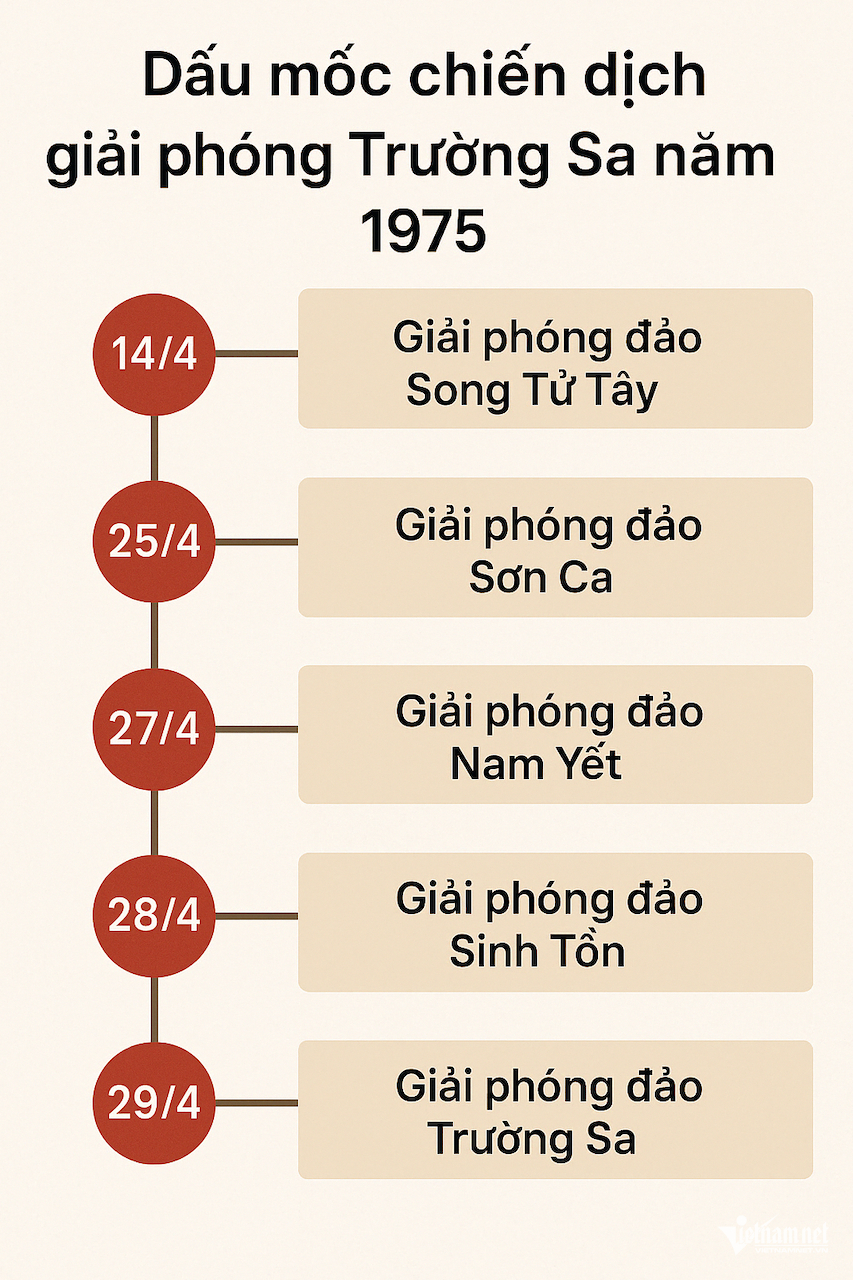


Source: https://vietnamnet.vn/cuoc-tien-cong-than-toc-giua-dai-duong-giai-phong-truong-sa-nam-1975-2391723.html



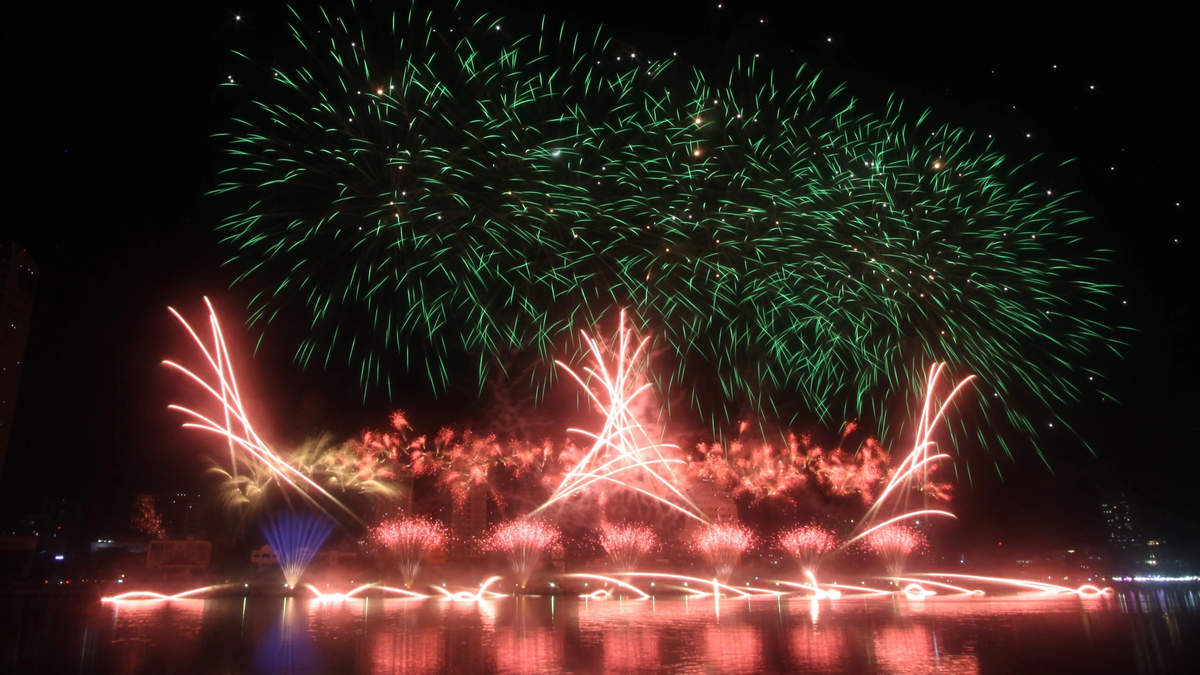

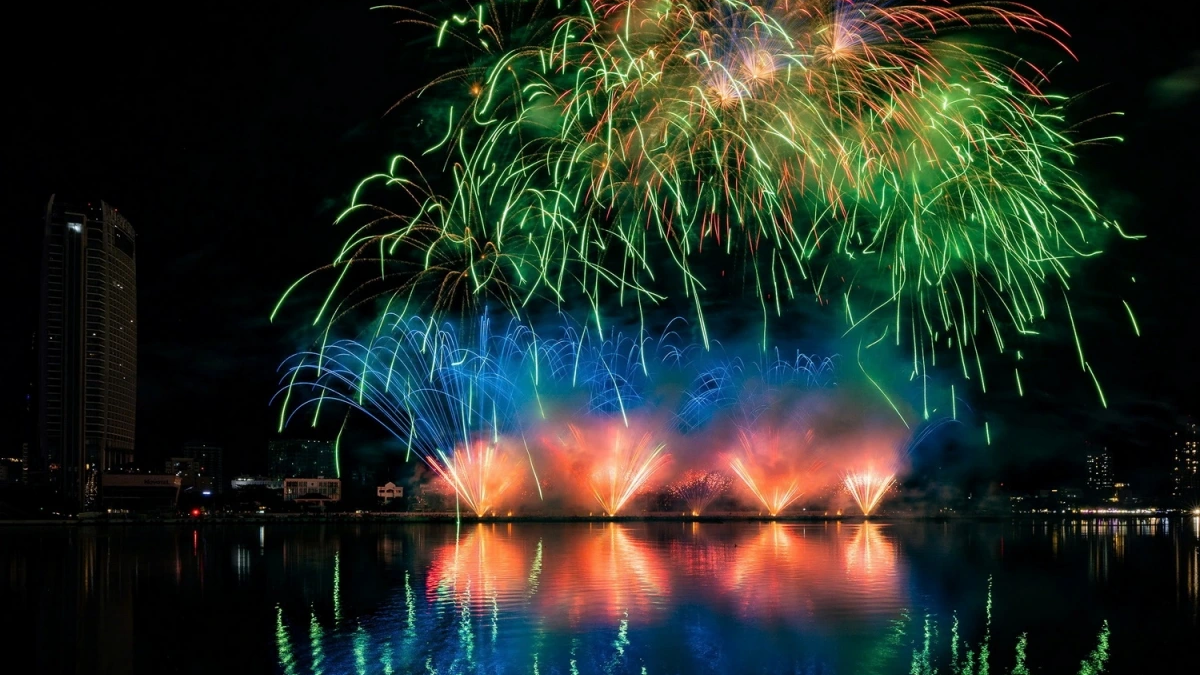
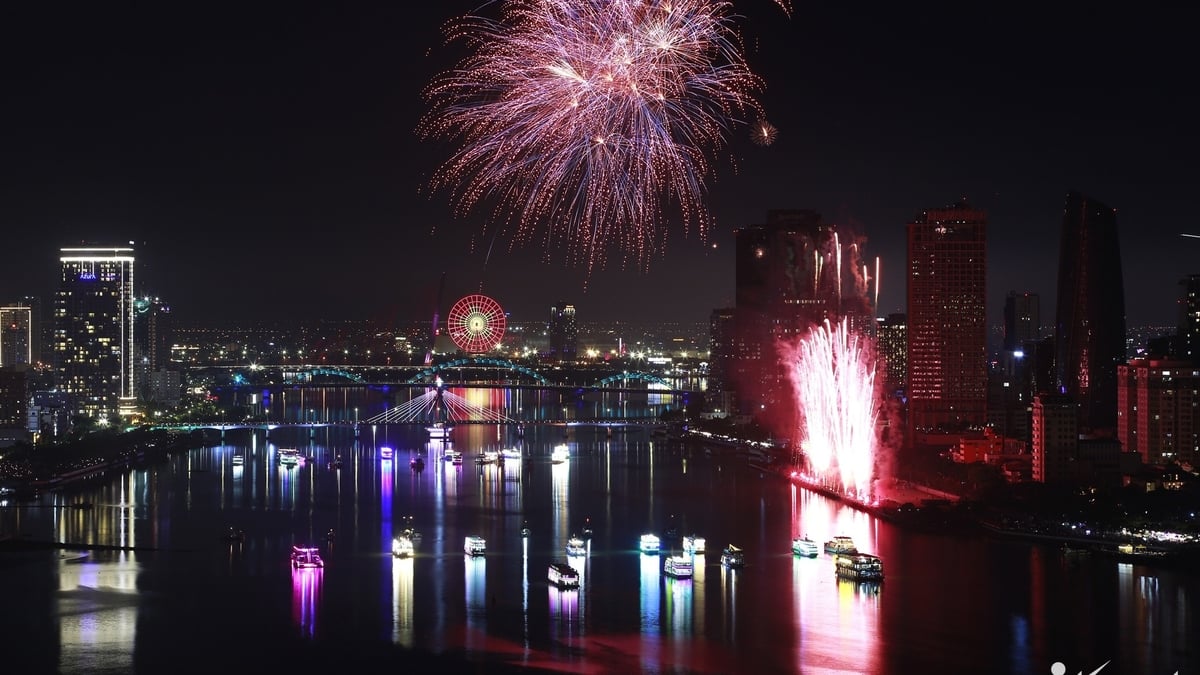

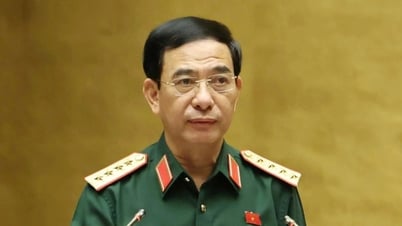

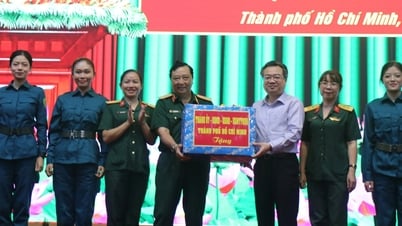
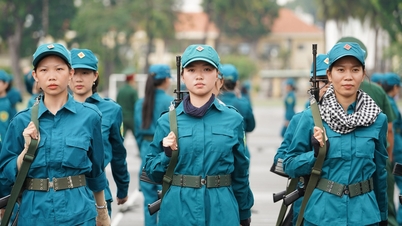
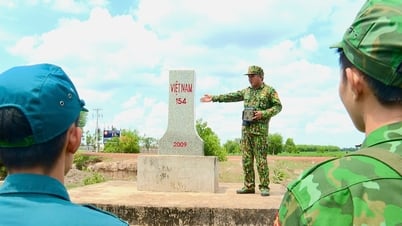
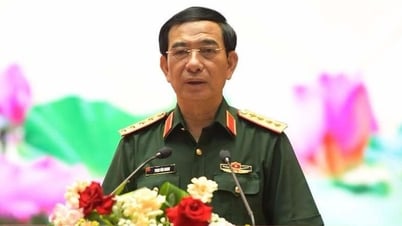
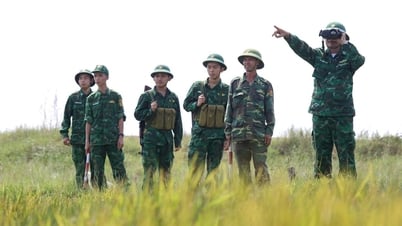




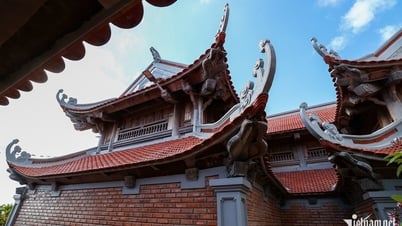

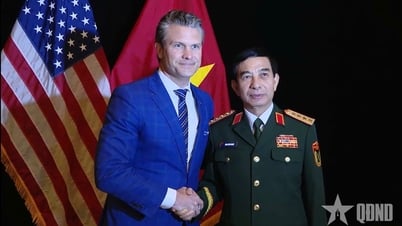
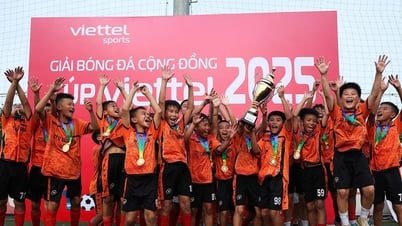































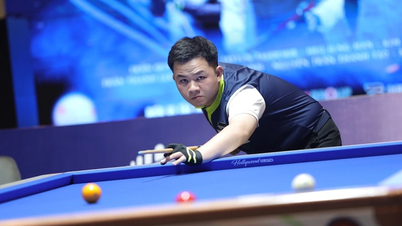
















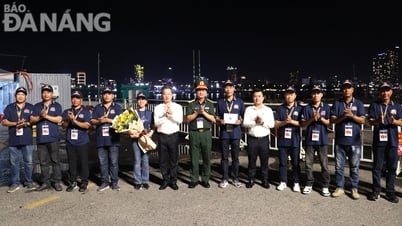

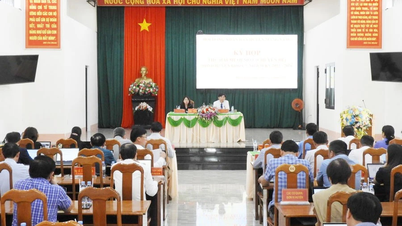











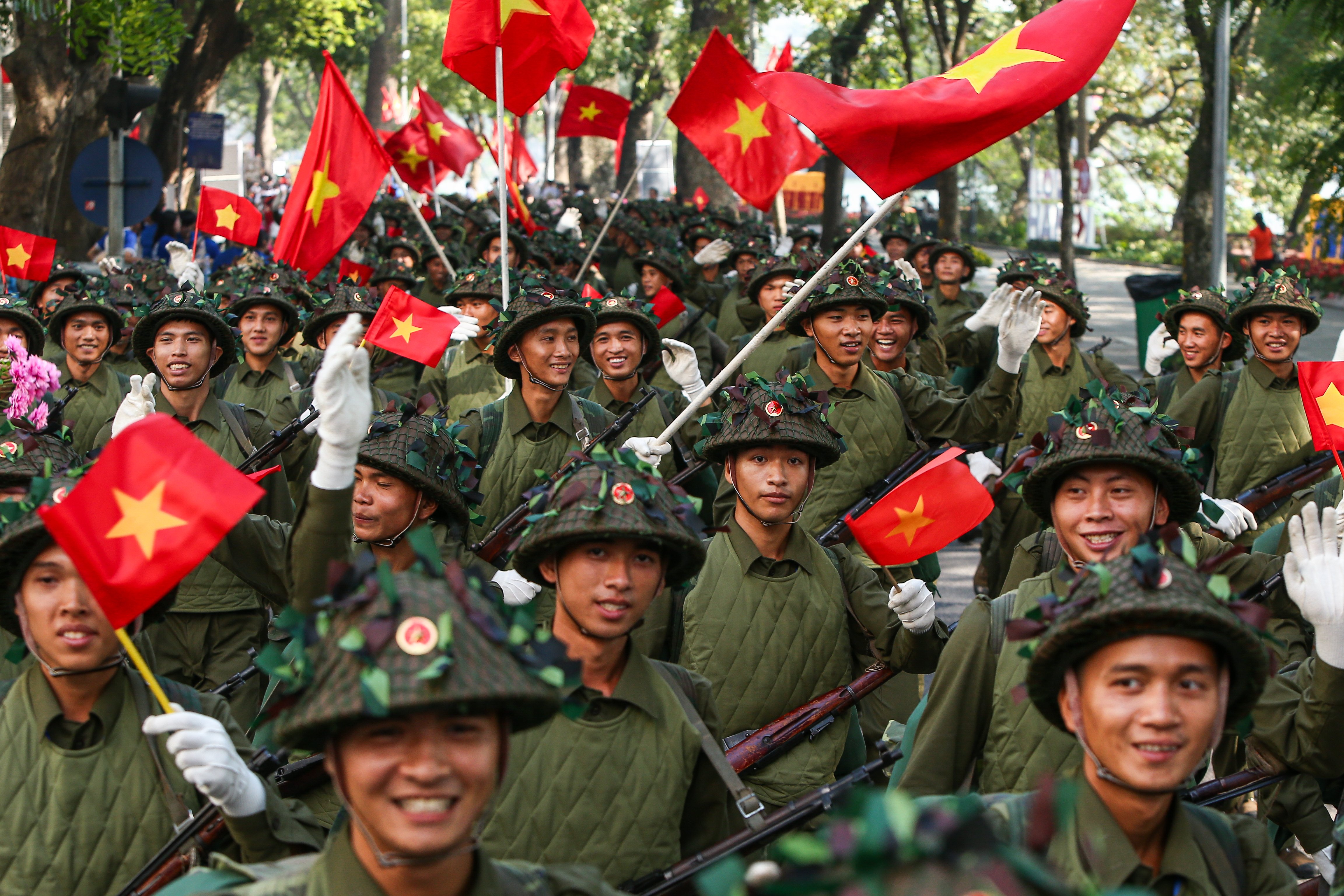



Comment (0)